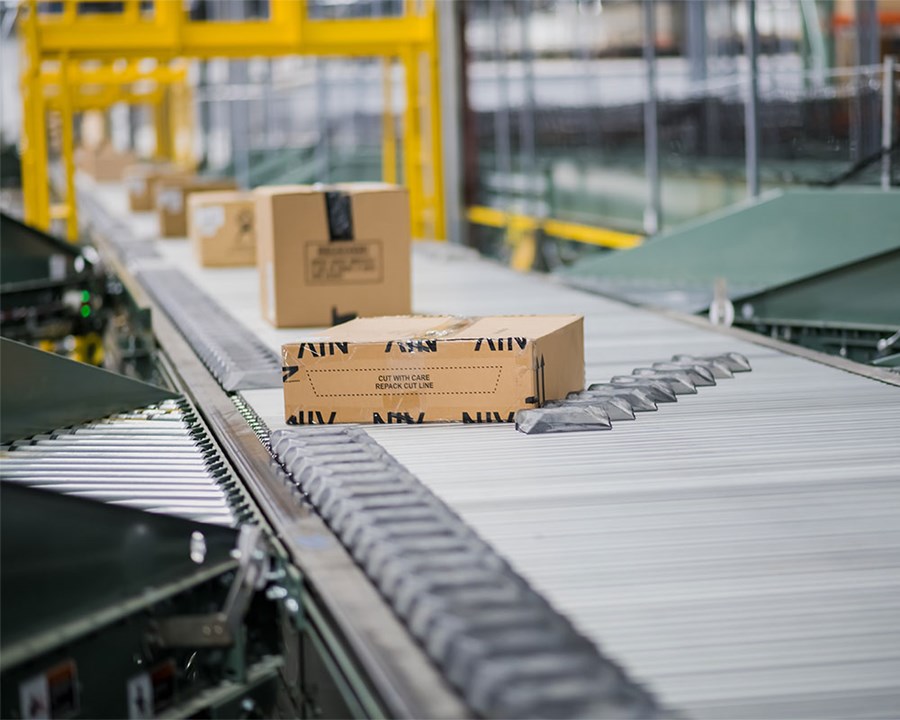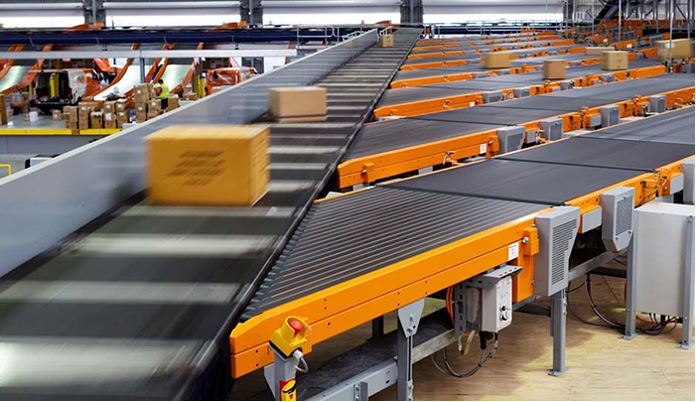
Designing a Sortation Solution: 3 Keys to Consider
Jordan Wengert | 14 May 2025
Imagine this: Your Fulfillment Director tasks you with specifying a new sorter and conveyor system capable of doubling current capacities. Where do you begin?
Conveyor and sortation systems are engineered solutions. Like most engineering challenges, the solution's effectiveness hinges on the quality of its inputs. Accurate, detailed data ensures the system is tailored to your specific business requirements and product specifications.
While trade-offs are inevitable, narrowing the scope can expand your sortation options and help achieve the desired cost-benefit balance. For instance, standardizing package sizes and accepting reduced throughput rates can simplify the system and mitigate risks, albeit at the expense of some flexibility.
Every scenario is unique but focusing on these three critical considerations will guide you toward a cost-effective solution that delivers impressive post-implementation performance.
Key #1: Clarify Actual Throughput Requirements
Before diving into system design, critically assess the true throughput needs.
Is doubling capacity essential? Determine whether this goal is driven by projected growth or is merely a desirable enhancement.
Evaluate divert needs: Distinguish between the number of diverts desired and those actually required.
Higher throughput demands often limit solution options and typically entail greater investments. Understanding the genuine requirements helps in selecting a solution that balances performance and cost.
Key #2: Define Product Characteristics and Flow
A comprehensive understanding of the products to be sorted is vital. 
Consider:
- Product types: Are items in corrugate boxes, totes or polybags?
- Dimensions and weight: Identify the maximum, minimum, and average length, width, height and weight of the items.
- Fragility: Are the contents delicate or robust?
These factors influence the choice of sortation technology. For example, fragile items may require gentler handling mechanisms, while heavier products might necessitate sturdier equipment. Additionally, understanding product flow—such as peak volumes and distribution patterns—ensures the system can handle operational demands efficiently.
Key #3: Align with Facility Constraints and Future Growth
?Assess your facility's physical and operational parameters:
- Space availability: What is the footprint allocated for the sortation system?
- Integration: How will the new system interface with existing equipment and processes?
- Scalability: Can the system accommodate future growth or changes in product mix?
Considering these aspects ensures the solution not only fits current needs but is also adaptable to evolving business requirements.
Sorter Selection & Next Steps
Designing an effective sortation solution is a complex task that requires meticulous planning and a deep understanding of operational needs. By focusing on actual throughput requirements, product characteristics, and facility constraints, you can develop a system that enhances efficiency, supports growth, and delivers a strong return on investment.
Remember, the success of your sortation system hinges on the accuracy and depth of your initial analysis. Investing time upfront to gather and evaluate this information will pay dividends in the long run.
Jordan is a Bastian Solutions Field Application Engineer in Columbus, Ohio. In his role, he helps customers improve the flow of people, information, and material throughout their operations. Jordan has a Bachelor of Science in Industrial Engineering from Iowa State University and has more than 10 years of manufacturing and material handling experience.
Comments
No comments have been posted to this Blog Post
Leave a Reply
Your email address will not be published.
Comment
Thank you for your comment.